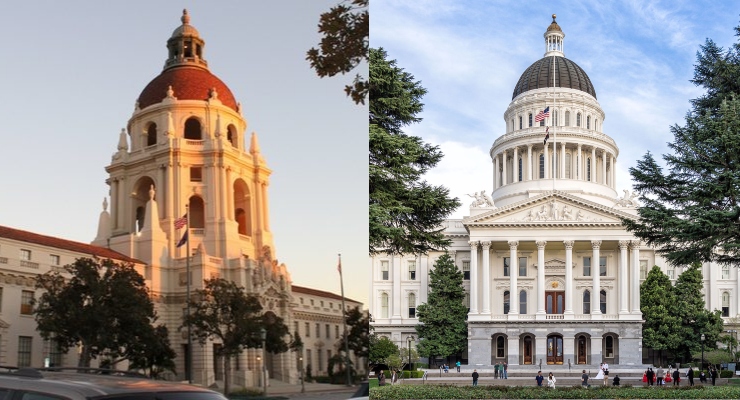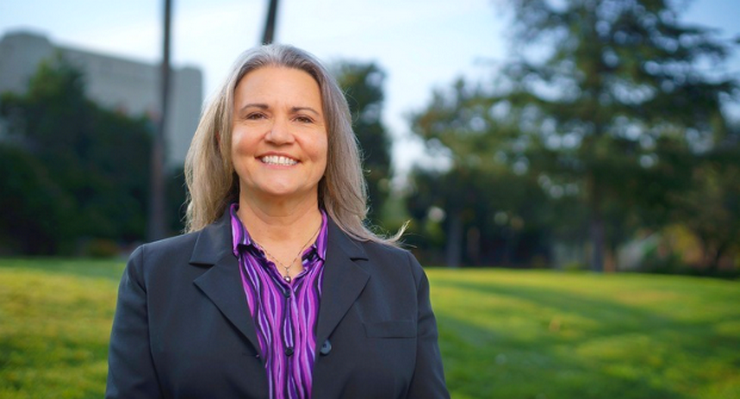
During Monday’s Council meeting, Councilmembers expressed their intent to comply with Assembly Bill (AB) 2334, which allows housing development projects in 17 specified counties — including Los Angeles County — to receive added height and unlimited density if they are located within “very low vehicle travel areas.”
They also directed staff to work with the Planning Commission in the implementation of the new law.
AB 2334 was adopted by the state in September of 2022. The city has no choice but comply with the law, which will go into effect on January 1, 2023, Assistant City Attorney Theresa Fuentes told Councilmembers during the meeting.
Members of the City Council voted unanimously even after some of them expressed disappointment over the passage of the bill and lamented its potentially negative impact to the city.
According to City Manager Miguel Márquez, elected officials who represent the city in Sacramento voted yes to the bill.
“This is another one of Sacramento’s half baked ideas being imposed upon us,” said Mayor Victor Gordo. “At some point, people who represent us in Sacramento have to understand that the burden on us here locally is very real. They keep piling on in Sacramento and we’re quickly losing control of being able to plan for our own city. We might as well have the Planning Department outsourced to Sacramento. It’s not fair, it’s not sound decision making in my view.”
“This cookie cutter approach to planning in the State of California is not good for the environment, is not good for our city and does not belong to the hands of people that don’t know our communities. I’m disappointed that our own representatives wouldn’t take a stand to protect Pasadena’s local control and ability to plan for our own neighborhoods and our own city and our residence,” added Gordo.
Despite his opposition to the new law, Gordo said expressing the intent to comply with the law is important so the city will not be “targeted further by state regulators.”
“I’d like to hear from the public and the Planning Commission,” said Councilmember Felicia Williams for her part.
“It’s hard to go back to the public and say we spent millions of your dollars on general plans and specific plans that now mean nothing,” Williams further lamented.
AB 2334 amends the definition of “maximum allowable residential density” contained in Government Code Section 65915 to require that the greatest maximum density allowed for a site in the Land Use Element, Zoning Code, or applicable Specific Plan must be considered as the base density for housing development projects requesting a density bonus.
Under existing law, for projects where 100% of all units are for lower income households, except as provided, a city, county, or city and county is required to award to an applicant under the Density Bonus Law a height increase of up to 3 additional stories, or 33 feet, if the project is located within 1/2 mile of a major transit stop and is prohibited from imposing any maximum controls on density on the project if the project is located within 1/2 mile of a major transit stop.
Under the new law, 100% affordable housing projects are allowed to receive unlimited density and a height increase of 33 feet or three stories if they are located within qualifying “very low vehicle travel areas” in 17 qualifying counties including Los Angeles, Orange, Riverside, San Bernardino, San Diego, Ventura, Sacramento, and Santa Barbara.
The law defines a “very low vehicle travel area” as an urbanized area where the existing residential development generates vehicle miles traveled (VMT) per capita that is below 85% of either regional VMT per capita or city VMT per capita. Additional analysis is required at the local level to determine what specific areas within each county qualify for this enhanced density bonus.














 1 comment
1 comment



